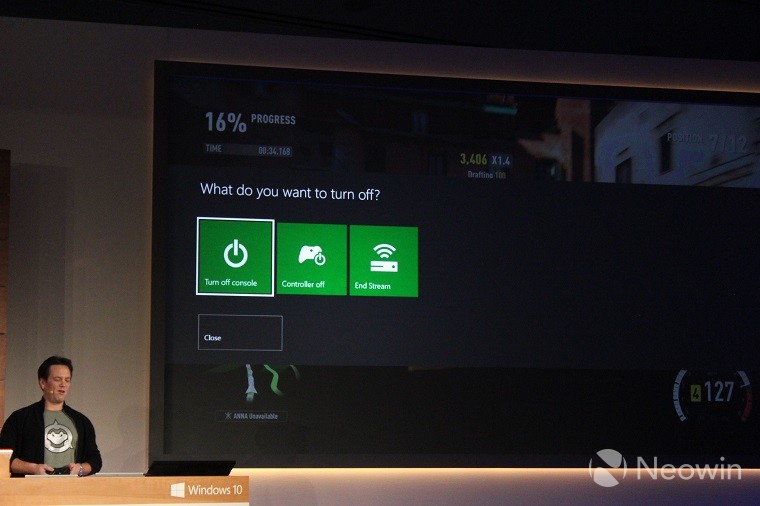Latency in ms is not a terribly useful measure as the feedback is tied to screen refresh. Input latency (on consoles) should be reported in frames, and worst case is a frame of lag. It's worth noting with that vid that he can only count frames. The time of when the button counts as pressed is anywhere between the two frames he counts as 'off' and 'on', giving +/- 15 ms.hm... I suppose. I mean I can tell the difference between wired & wireless mice, but the console controllers seem close enough.
If you're in the same room as the console with a direct LOS, the signal will be perfect, and without loads of interference it should be a very fast, simple transmission. I suppose latency is then the time required to send the packet data. Sony said they optimised this for PS4, so there's something in that. Is Bluetooth is 2 Mbps, that's 2000 bits per ms, or 250 bytes. That's actually a lot of data! No reason I can see for any wireless controller's encode > transmission > decode path to be more than a few ms.
This vid compares controllers in a dubious way and suggests all are low latency. Don't trust it though!
Edit: http://forum.gimx.fr/viewtopic.php?f=3&t=381&start=20
More info in that discussion (Bluetooth capped to 100 Hz polling?).I got some results that surprised even me. On the PS3 we achieved a rate higher than 400 updates/s, with average latency around 2.3ms. On the XBox 360 the rate is above 800 updates per second, with average latency of 1.2ms.
OT: Is it me or is the internet becoming harder to search? More and more unrelated crap appears these days in relation to searches. I know there's details out there on exactly the data being sent by DS3 and DS4 controllers, but can't find it. Google was rubbish. Bing was laughable. It's as if the search engines are now optimised for the mundane, low-brow, shopping focussed user.




